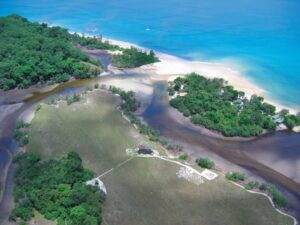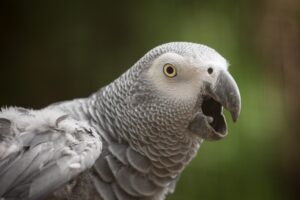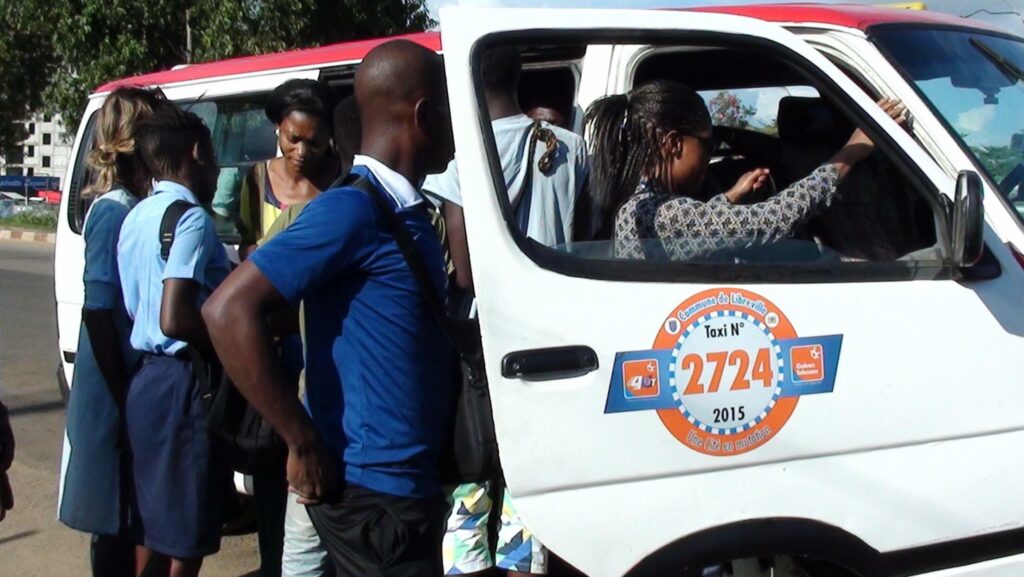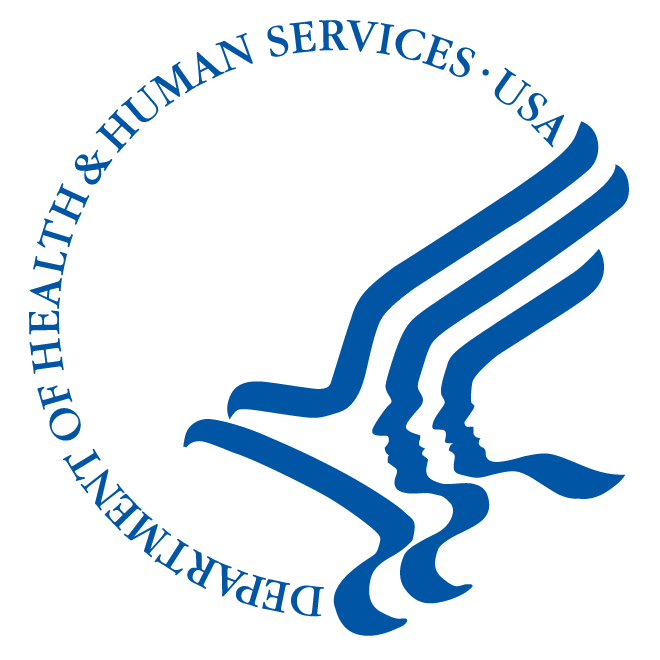A brief overview of the country

Gabon is a country in Central Africa with a long wild coastline of 885 km near the Atlantic Ocean. It borders Equatorial Guinea, Cameroon and Congo-Brazzaville. It has an estimated 2.2 million inhabitants and covers 267.668 km² of which 75% is rainforest. Because of its natural resources such as oil and gas; low population density and foreign help Gabon has become one of the most prosperous countries in Africa and since 2016 it’s an OPEC-member again.
There isn’t much known about Gabon’s history before the first Europeans arrived in the 15th century, mostly Portuguese. It originally was inhabited by Pygmies and then mostly replaced by the Bantu-tribes. By the end of the sixteenth century the Dutch also came to the coast near Port-Gentil to get supplies when they were on mission and in 1843 the first official French Mission was established: Fort-d’Aumale, followed by the birth of Libreville as capital in 1849. Pierre Savorgnan de Brazza had multiple expeditions from 1875 – 1878; 1880 – 1881 and finally in 1883 to 1884. It was in this period that Franceville and Brazzaville were established. Initially Gabon was part of French-Congo, but in 1904 it became a colony by itself and in 1910 became part of French Equatorial Africa. It became independent in 1960 and has been politically stable compared to most African nations. President Omar Bongo ruled the country from 1967, following President M’ba, and was with 42 year on the throne the longest ruling president in Africa. He died of a heart attack in 2009 and has been replaced by his son Ali Bongo.
Gabon is located on the equator, has a 298 km long border with Cameroon in the north, a 350 km long border with Equatorial Guinea in the north-west and a 1.903 km long border with Congo-Brazzaville in the east and the south. It’s bordered on the west-side by an 885 km long coastline with the closest island nation being Sao Tomé and Principe. Cape Lopez, which is the westernmost point of Gabon, separates the Gulf of Bonny and a part of the Gulf of Guinea in the north and the Atlantic Ocean in the south. Mount Iboundji is the highest mountain and is 1.575 meter tall. The country can roughly be divided into three zones: the small coastal area with Port-Gentil and Libreville, the savannas in the east and the south and the hilly interior. About 75 to 80 percent of the country is covered by tropical rainforest.
The Ogooué is the most important river and with its 1.200 km length crosses a big part of the country. It’s the fifth largest river in Africa by volume by discharge after the Congo, Kasai, Niger and Zambezi. It has a large network of many siderivers covering a large area of the country.
Climate

Gabon has a tropical climate with high temperatures and is also very humid. The average temperature is around 26 °C. There is a dry season and a rainy season.
The long dry season is from May to September.
There is a short rainy season from October to November.
Followed by a short dry season from December to January.
The long rainy season lasts from February until April.
During the long dry season the sky is usually clouded and grey. It is the best time to come to Gabon for whale watching with its peak in July and August. During the rainy season it’s better to go fishing near Loango Park as there are more fish in the lagoon and because of the abundance of fruits, it’s also better for gorilla trekking. December to January is also a good time for turtle tours to see them nest and hatch.
Demographics

Gabon roughly has 2.2 million inhabitants of which 80 percent live in cities. The two biggest cities are Libreville and Port-Gentil and cover 60 percent of the country’s population. Gabon has around 40 different ethnic groups with Fang (Pangwe) being the largest. About 33 percent of the population is Fang. Other large groups are the Adouma, Eshira, Kota and Okanda. Around one percent of the population belongs to the pygmies, the original inhabitants of Gabon.
Over 60 percent of the population is christian, mostly catholic, followed by protestants and only one percent of the people are muslim, including the present president, Ali Bongo. The rest of the people are animist or don’t really belong to any religion.
The official language is French, followed by an estimated 40 languages with Fang and Ponou in the south, Myéné near the coast (Libreville and Port-Gentil), Téké in the south-east and Kota in the north.


Economy and doing business in Gabon
The oil-industry is the number one economic activity of the country. It’s the fifth largest oil producer of Africa. In 2015 the country had enormous profits, exporting huge amounts of oil and the business covered 20 percent of the BBP. Since six years the oil production has declined slowly and the government is investing in economic diversification, especially manganese, wood, agriculture and the service industry. Gabon ranks number 169 out of 189 countries for ease of doing business. It also suffers highly from corruption and ranks number 99 of the 167 countries on the corruption-list. It is a difficult country for doing business as one needs to be accustomed with local customs and traditions as well as knowing their way through the maze of bureaucracy. It is one of those countries where it’s highly important to know a lot of people in all layers of society as the social aspect of doing business is very important.
Gabon has natural reserves of gas, oil, timber of course, manganese, iron, gold, silver, diamonds, niobium, phosphates, lead, zinc and others. The main industries next to the oil and gas sector are cement, chemicals, gold, manganese, ship repair, textiles, timber, food and beverages. The food staples are plantains, yams, cassava, sugar, corn, peanuts and vegetables.
Gabon’s main export partners are China and Singapore and the most important commodities are crude oil, manganese and refined petroleum. The most important import partners are Belgium, France, China, the US and the UAE, mostly machinery and equipment, food, chemicals, medicines, cars and construction materials.
National Parks

Gabon currently has 13 national parks.
– Akanda: 524 km²
– Monts Birougou: 690 km²
– Ivindo: 3.000 km² (Unesco World Heritage)
– Lope: 4.913 km² (Unesco World Heritage)
– Mayumba: 80 km² – Mikembe: 7.560 km²
– Monts de Cristal: 1.200 km²
– Moukalaba-Doudou: 4.500 km²
– Mwagne: 1.160 km²
– Batéké Plateaux: 2.050 km²
– Pongara: 870 km²
– Waka: 1.070 km²
















Tourism in Gabon
Gabon is a peaceful country situated in the great Congo-Basin in Central Africa, covered by almost 80 percent of forest and has a wild coastline of 885 km of pristine white-sand beaches. It currently has 13 national parks with Loango being the most famous and probably most unique one. Together with Pongara they are the two most visited parks in Gabon, but that doesn’t say much as tourism is only starting and the most people visiting the parks are expats or a few adventurous fishermen with big travel budgets.
Loango National Park is known for its large mammals such as elephants, buffaloes, gorillas, leopards and gorillas that roam the beaches and gained fame by National Geographic’s photographers Mike Fay and Michael Nichols who made photographs of Loango’s ‘surfing hippos’. It was also covered by BBC’s ‘Africa’. Pongara is mostly known among locals and expats who visit the park during weekends and holidays as it’s only a short boat trip away from Libreville. These are the only parks which have running tourist infrastructure and lodges. These destinations among the rest of the coastline are excellent for whale watching and turtle tours.
Recently the small Mayumba National Park has been added to the list of the national parks and is also working on offering accommodation and activities for tourists. It’s an important project as it protects a 60 km coastline where leatherback turtles come to hatch and is also home to forest elephants, buffaloes, leopards, gorillas, chimpanzees, antelopes, crocodiles, hippos and monkeys. It stretches km out to the sea protecting dolphins, sharks and humpback whales.
The most famous national park inland is definitely Lopé which consists mainly of forest and patches of savannah and home to several baïs which attract gorillas, elephants, sitatungas and many others. It’s a beautiful vast park, which is also home to the Kongou Falls and you can see enormous gatherings of hundreds and even over a thousand mandrills. Many of these animals can also be found in the other parks suchs as Ivindo or Waka. The forests of Gabon are home to many species of mammals, reptiles, many bird varieties and also house a unique diversity of plants. More than 6.000 plants have been identified and there are at least 130 animal species to be found of which 19 are primate species. Gabon has over 50.000 elephants and was seen as one of the primary examples for elephant conservation, but lately elephants are sadly in danger again with especially Minkébé having the biggest problem with poaching. There are an estimated 35.000 lowland gorillas living in Gabon as well as 64.000 common chimpanzees. Leopards can also be found in Gabon as well as golden cats and there is at least one reported lion which has been sighted in Batéké National Park.
Gabon is literally heaven on earth for wildlife enthusiasts, mainly for those who are looking for unique experiences, but it’s also the perfect destination for those who are seeking pure, wild adventure and simply discovering one of the least traveled countries in the world.








Transport in Gabon
Most long distances in Gabon are done by ferry, train or plane. Solenta Aviation Gabon, Tropic Air Gabon and Afrijet have been removed from the European blacklist in 2019. The national airport Leon Mba at Libreville connects to Sao Tomé, Brazzaville, Pointe-Noire, Douala, Yaoundé, Abidjan, Cotonou, Paris CDG, Johannesburg, Kinshasa, Lomé, Bata, Malabo, Addis Ababa, Casablanca, Istanbul and Kigali.
These flights are operated by STP, Afrijet, Air Côte d’Ivoire, Air France, ASKY, Camair, CEIBA, Ethiopian Airlines, Mauritania Airlines, Royal Air Maroc, Rwandair, Trans Air Congo and Turkish Airlines.
Cargo is handled by Cargolux, DHL, Ethiopian and Royal Air Marco.
Domestic flights are available between Libreville, Franceville, Port Gentil, Tchibanga, Makokou, Oyem, Mouila and Koulamoutou, although sometimes destinations can be temporarily on hold.
There are several ferries which run between Libreville and Port Gentil, run by different companies.
There are a few main roads connecting the most important places in the country, but the network often suffers from heavy rain. It is advised to drive with a 4×4, especially during the rainy season.
There is a train, which offers both express and stop trains and travelers can take this train to Lopé National Park as well as all the way to Franceville in the south.









